Carbo loading is a dietary strategy to ensure that you have maximum glycogen in your body for an an endurance event, which in this case is cycling. Glycogen is the fuel that powers your muscles. There is an upper limit to how much glycogen a body can store. Carbo loading is an attempt to reach that limit prior to a top priority day on the bike.
What Carbo Loading is Not
Carbo loading is not eating as many carbohydrates at a meal the night before a key event despite what many people believe. That gigantic plate of pasta the night before your big ride is not carbo loading; it is only a really big dinner.
When the system was devised in the 1960’s it was a systematic reduction of carbohydrate intake in the days leading up to an event along with a boost in training load followed by three to four days of a lighter training load with high carbohydrate intake (ten to twelve grams of carbohydrate per kilogram). The idea is that the body will make additional storage for glycogen when it becomes available. The more modern take on carbo loading is that the depletion phase is not necessary. Easier training and higher carbohydrate intake are all that is required. Additionally, it is advisable to eat as many simple carbohydrates as possible for your body to break down and store. This is contrary to the advice of an every day diet.
More Energy
The promise of more energy, fatigue resistance, and more power from carbo loading requires work. You must be fully committed to eating the right balance of carbohydrates, fat, and protein. If you do not achieve close to seventy percent of your calories from carbohydrates, your body will react as if you are eating normally. It is a very difficult task.
Males vs. Females
Males and females do not respond to carbohydrates the same, especially for women during the high hormone phase. All of the early studies of carbo loading were on men, ignoring the fact that women have slightly different body chemistry. This study shows that there was no benefit to carbo loading in the high hormone phase. It is something for women to be aware of leading up to big events.
A Long Day on the Bike
Carbo loading does not replace proper on the bike nutrition, especially for longer days of riding. When a cyclist is riding for six hours at a hard pace they will burn approximately six hundred calories per hour. Average glycogen stores are up to 1800 calories for a seventy kilogram person. That leaves approximately two thousand calories to make up. Some of that will come from burning fat but a lot needs to come from eating during a ride. Do not make the mistake that carbo loading will keep you from needing to eat on a ride.
Problems with Carbo Loading
- Weight Gain – It is possible to gain weight from carbo loading, even if done properly because of the higher caloric intake and water retention.
- Stomach Ache – If the carbo loading diet is wildly different from your regular diet, it may cause gastric distress.
- Carb Shortfall – It is difficult to get enough carbohydrates which makes the changed diet not worthwhile.
Sample Foods
Carbo loading requires a lot of simple carbohydrates. That means cereals, white flour, and rice while being light on the fat and protein which are there to keep everything palatable. A good guide is to think about what a picky kid would want to eat – peanut butter and jelly on white bread (easy on the peanut butter), pasta with a little butter melted on it or white rice with some vegetables with herbs. Nothing complex is necessary, although large quantities are. A sample menu is below to give you an idea of what a day can look like.
| Sample carbohydrate-loading meal plan | ||
|---|---|---|
| Item (amount) | Carbohydrates (grams) | Total calories |
| Breakfast | ||
| Milk, fat-free (12 ounces) | 18 | 125 |
| 1 plain bagel | 52 | 260 |
| Peanut butter, smooth (2 tablespoons) | 7 | 191 |
| Honey (2 tablespoons) | 35 | 128 |
| Banana (1) | 27 | 105 |
| Morning snack | ||
| Crunchy raisin and almond cereal (1 cup) | 74 | 360 |
| Grape juice (12 ounces) | 55 | 225 |
| Lunch | ||
| Milk, chocolate, reduced fat (12 ounces) | 45 | 285 |
| 4 slices white bread (1 ounce per slice) | 49 | 266 |
| Chicken breast, roasted without skin (4 ounces or 1/2 breast) | 0 | 187 |
| Romaine lettuce, shredded (1/4 cup) | 1 | 2 |
| Red tomato slices (1/2) | 2 | 11 |
| Mayonnaise, light (2 tablespoons) | 3 | 71 |
| Tortilla chips, low-fat, baked (1 ounce) | 23 | 118 |
| Baby carrots (12) | 10 | 42 |
| Afternoon snack | ||
| Low-fat fruit yogurt (8 ounces) | 47 | 249 |
| Low-fat fruit granola (1/2 cup) | 33 | 157 |
| Blueberries (1 cup) | 21 | 83 |
| Cranberry juice, unsweetened (12 ounces) | 42 | 157 |
| Dinner | ||
| Wild Atlantic salmon, baked (3 ounces) | 0 | 155 |
| Dinner roll, whole wheat (2) | 29 | 151 |
| Milk, fat-free (12 ounces) | 18 | 125 |
| Salad, combine: -Romaine lettuce, shredded (2 cups) |
3 | 16 |
| -Bell or sweet green pepper (1/4 cup) | 2 | 7 |
| -Green apple, chopped (1 medium) | 25 | 95 |
| -Dried cranberries (1/3 cup) | 33 | 130 |
| -English walnuts, chopped (1/4 cup) | 4 | 191 |
| -Asiago cheese, shredded (1 ounce) | 1 | 134 |
| -Reduced-fat Ranch salad dressing (2 tablespoons) | 6 | 55 |
| Evening snack | ||
| Strawberry slices (1 cup) | 11 | 46 |
| Sherbet, any flavor (1 1/2 cups) | 88 | 417 |
| Total | 764 | 4,544 |
Source: Nutritionist Pro, 2015
It Helps…If You Get it Right
Carbo loading can help get you through a big day on the bike with higher energy. It is imperative that you get your carbo loading system right to get any benefit. The science shows it works. Try experimenting with it well before your target day to see if you are able to get a high enough concentration of carbohydrates. Only then will you be carbo loading correctly.
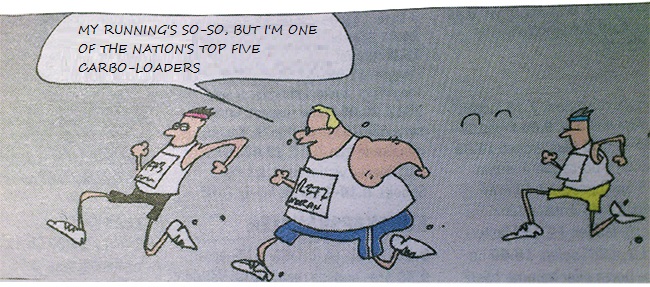

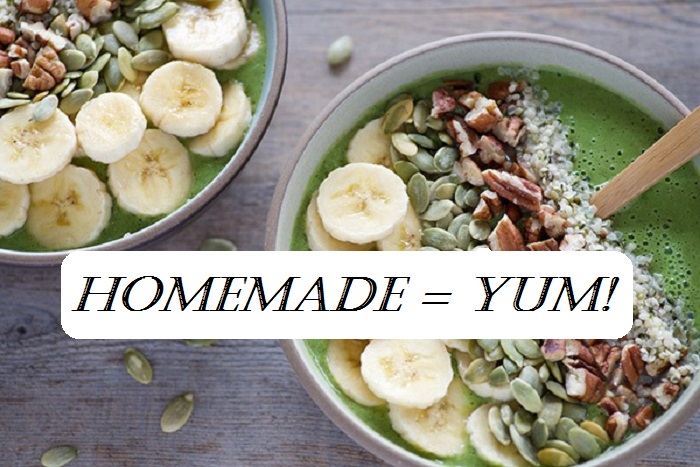
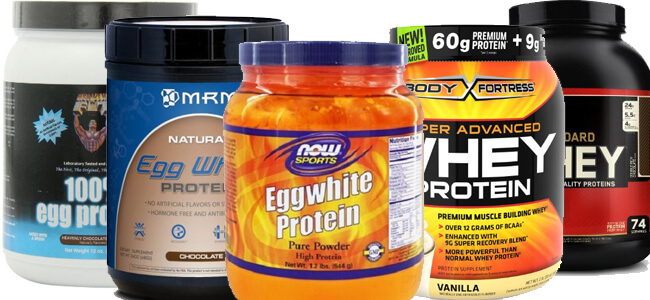

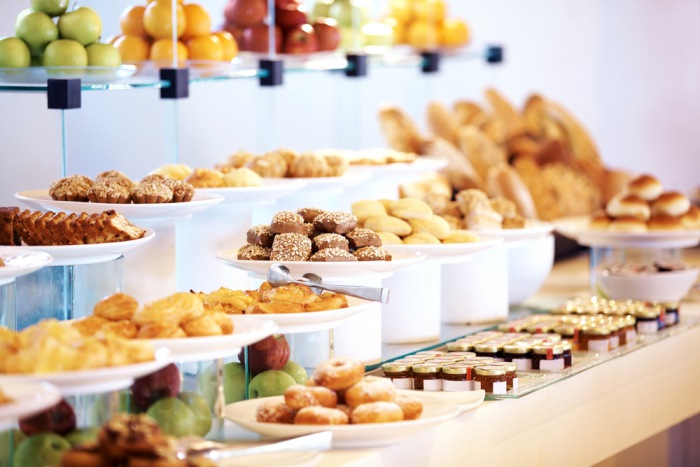
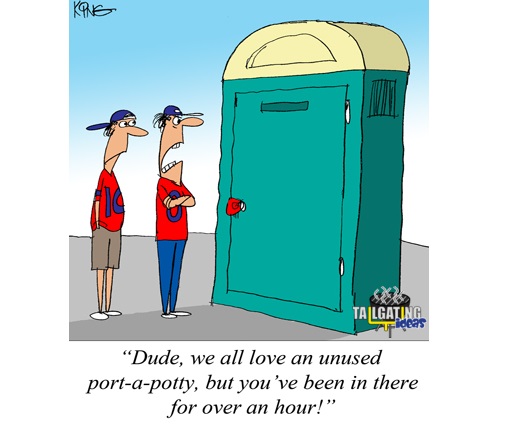
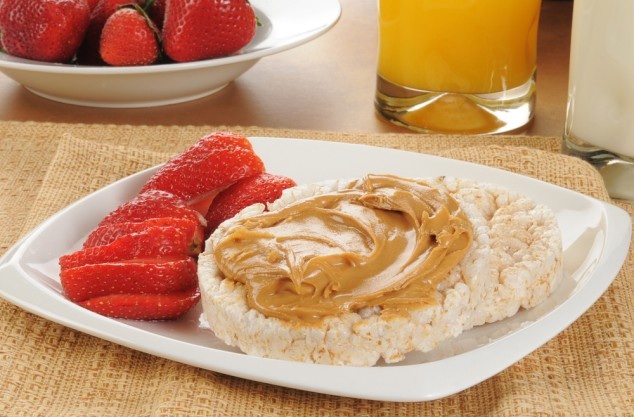
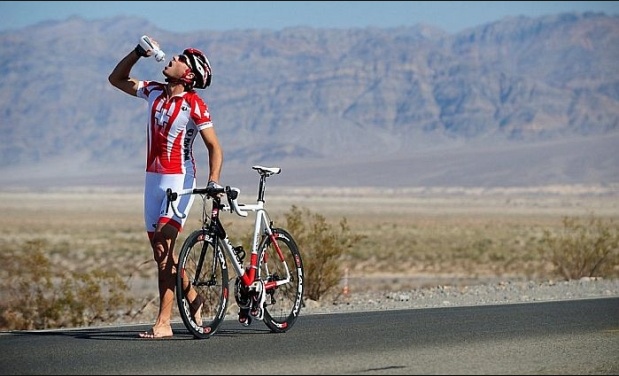
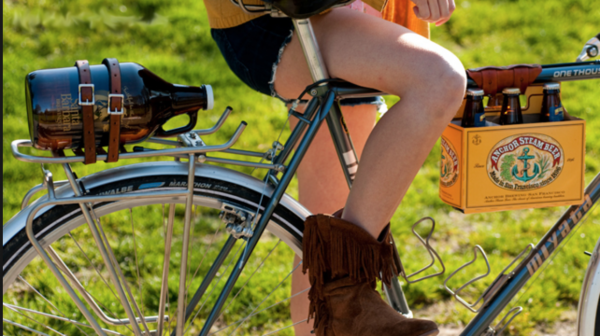 I’m probably not the only person who has sat down after a long hard ride and enjoyed a nice cold pint of beer. I’m also probably not the only person who has felt a tad guilty afterwards – the responsible athlete inside reminding me that my recovery would have been helped more by a bottle of Gatorade rather than a nice golden ale. That guilt might be somewhat misplaced though.
I’m probably not the only person who has sat down after a long hard ride and enjoyed a nice cold pint of beer. I’m also probably not the only person who has felt a tad guilty afterwards – the responsible athlete inside reminding me that my recovery would have been helped more by a bottle of Gatorade rather than a nice golden ale. That guilt might be somewhat misplaced though.